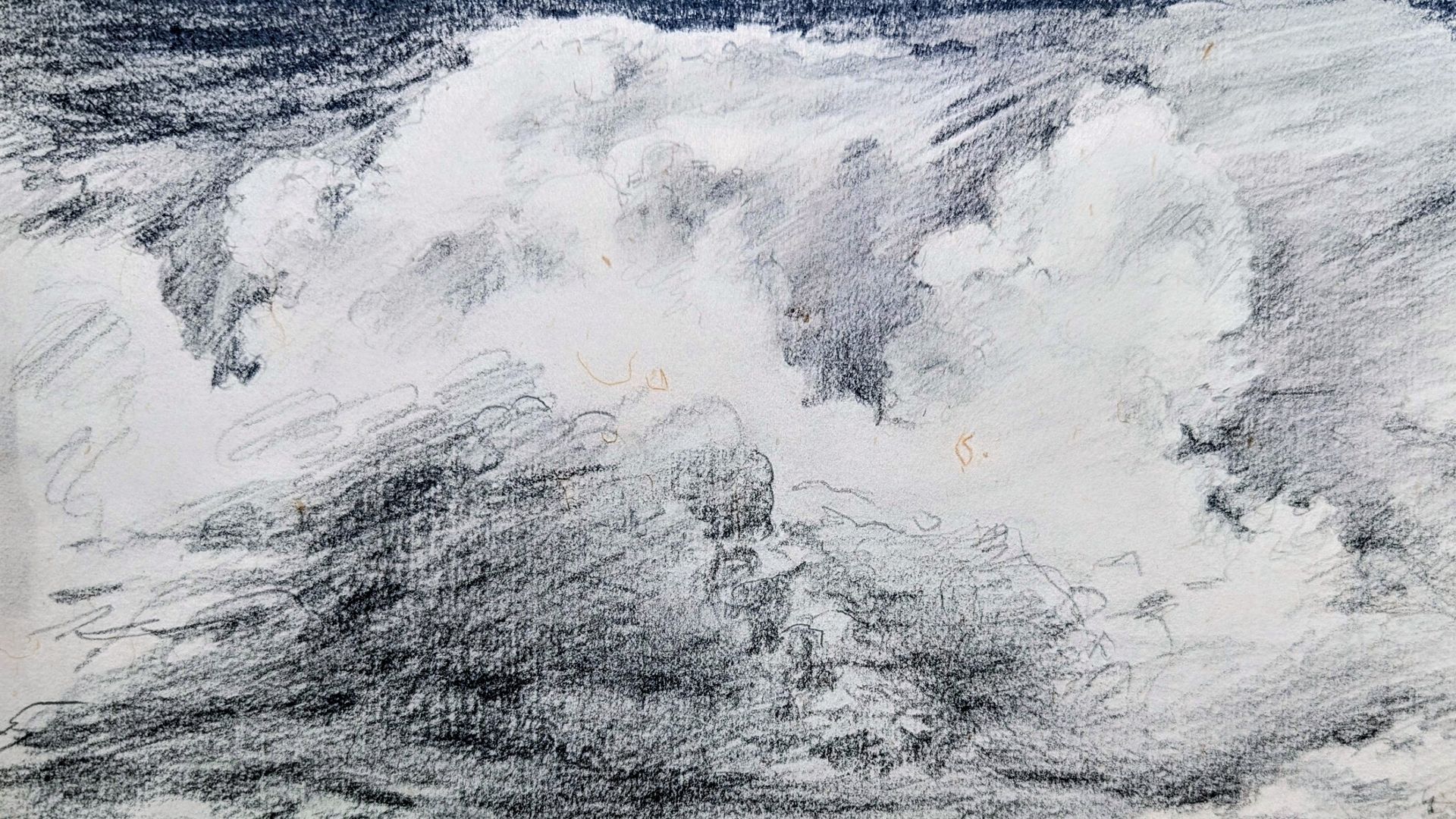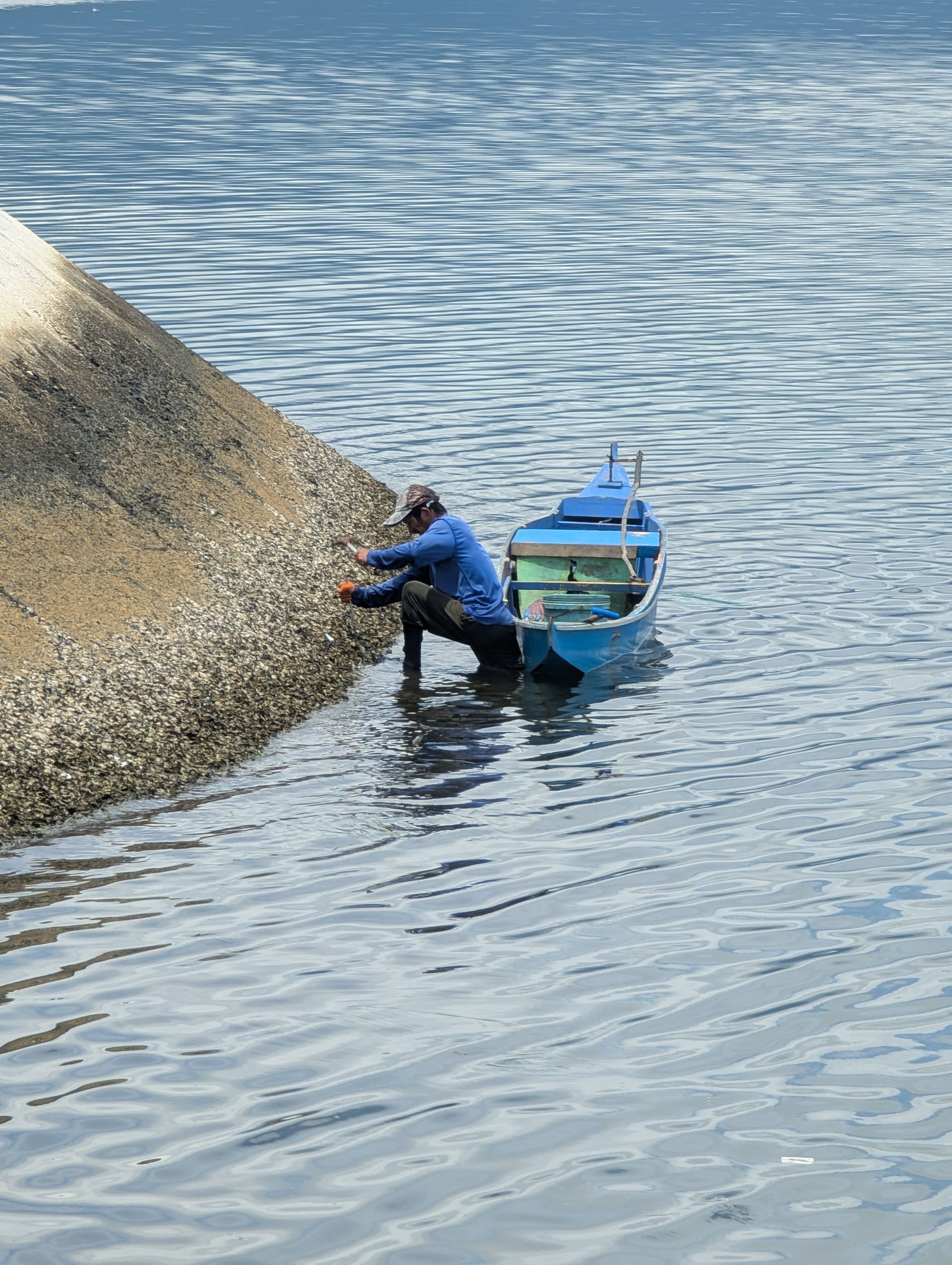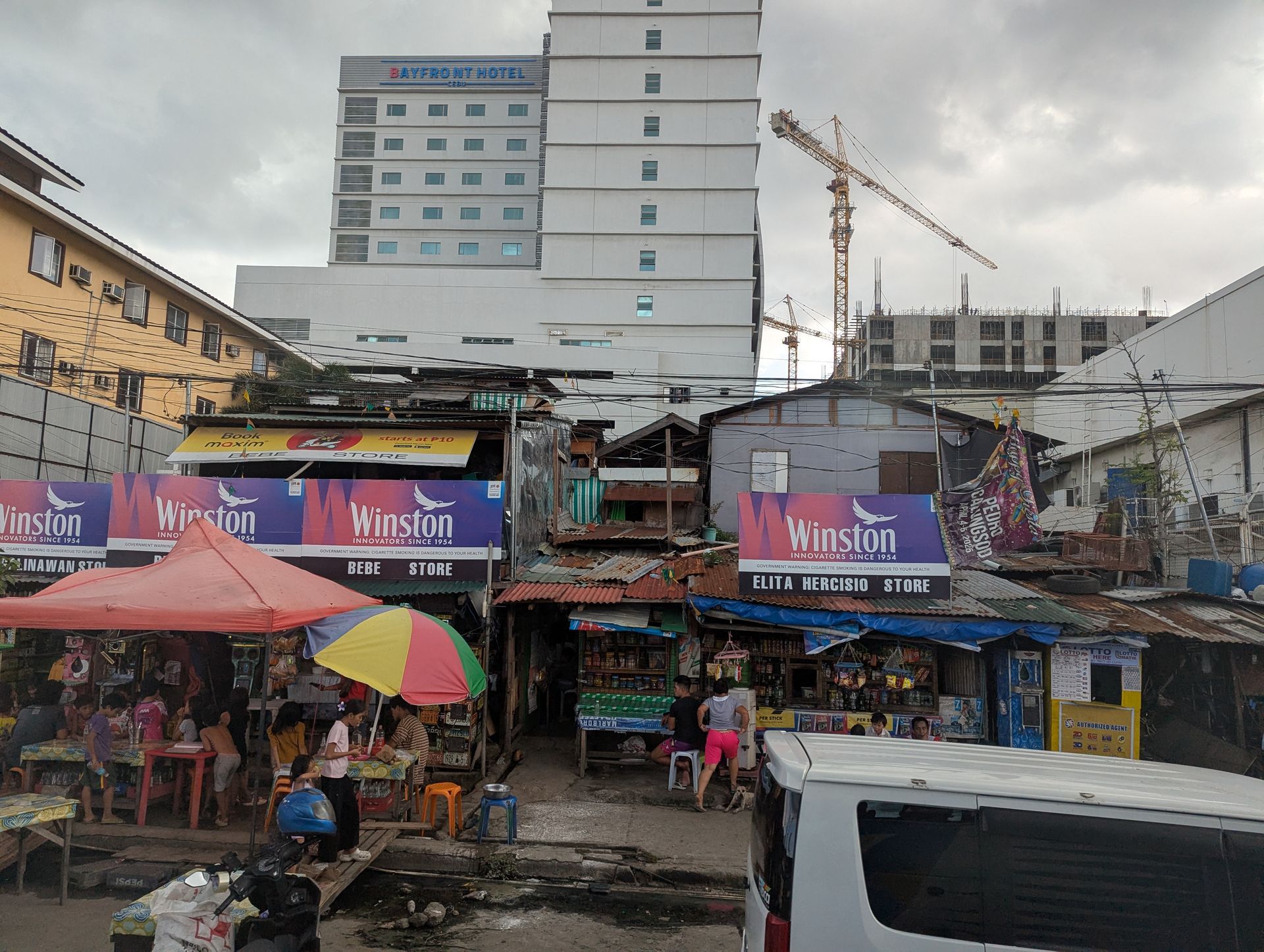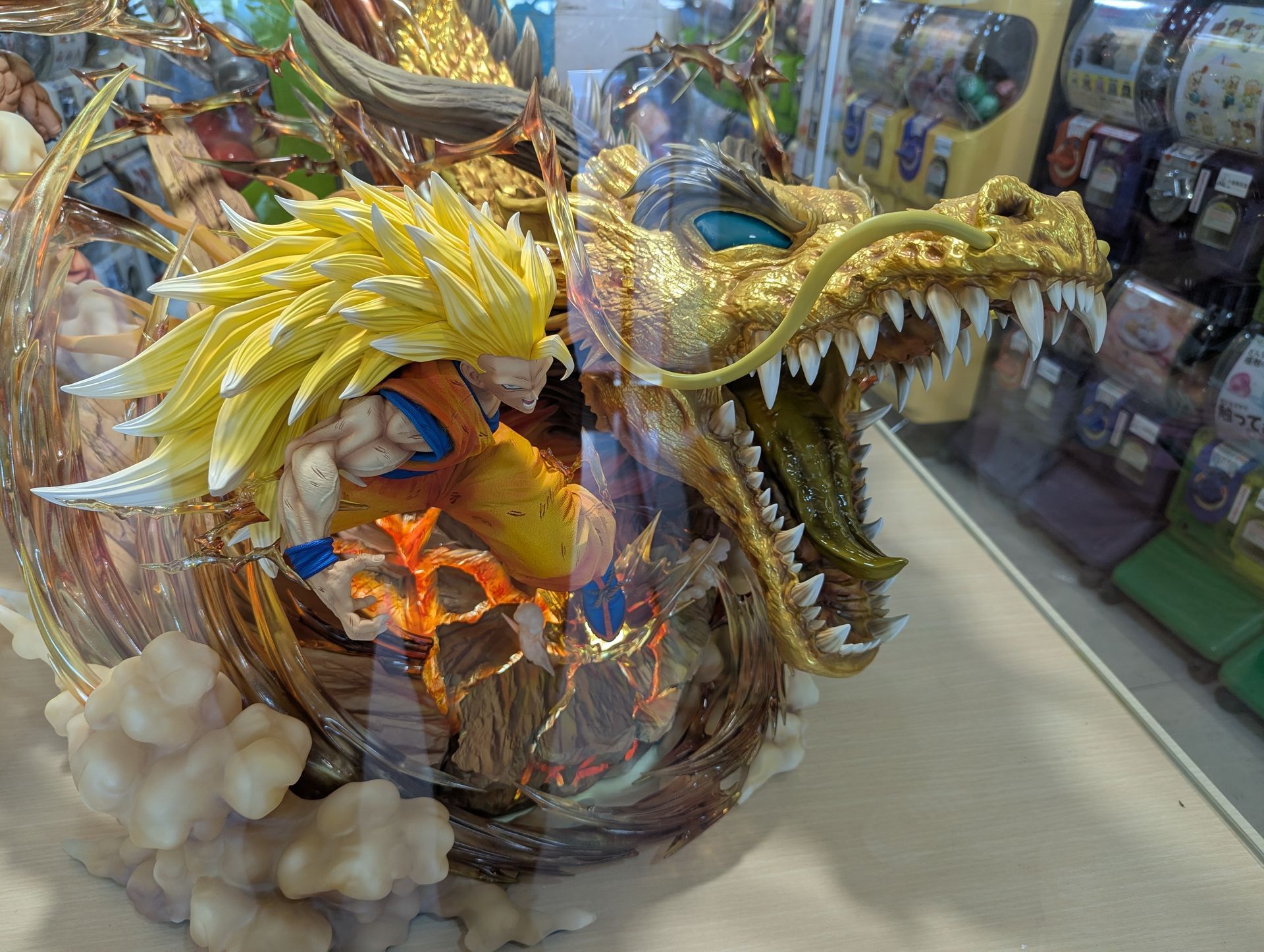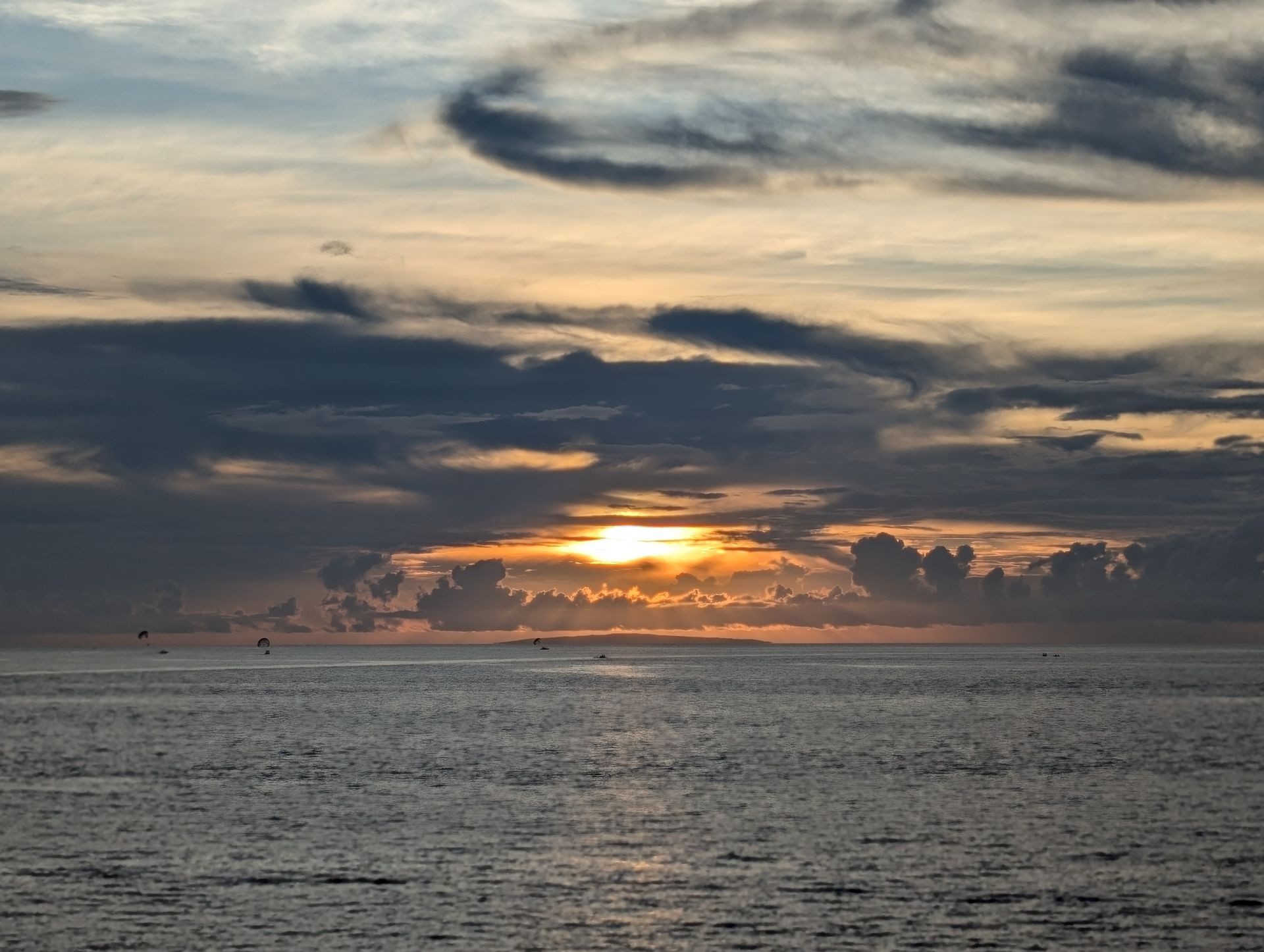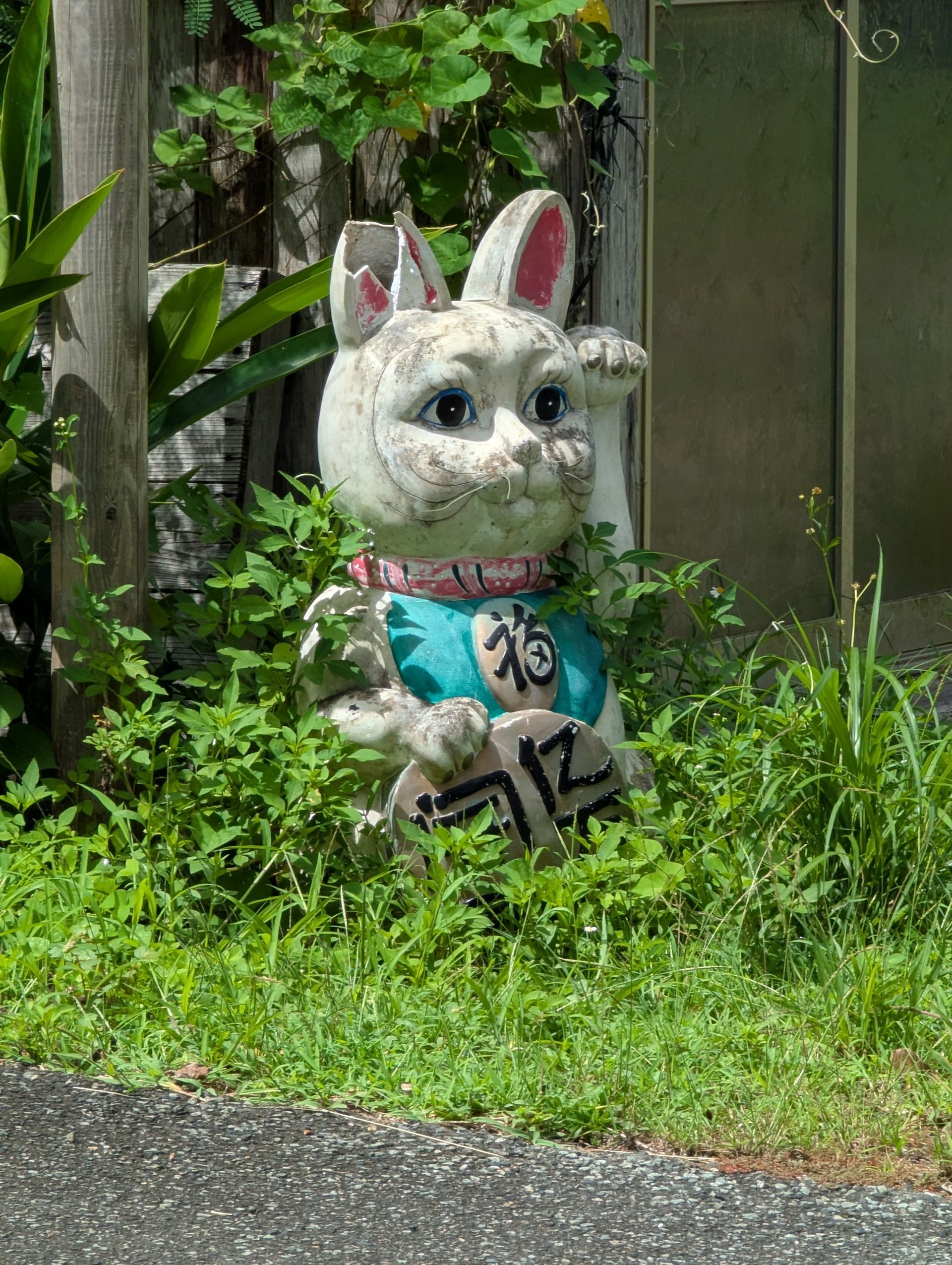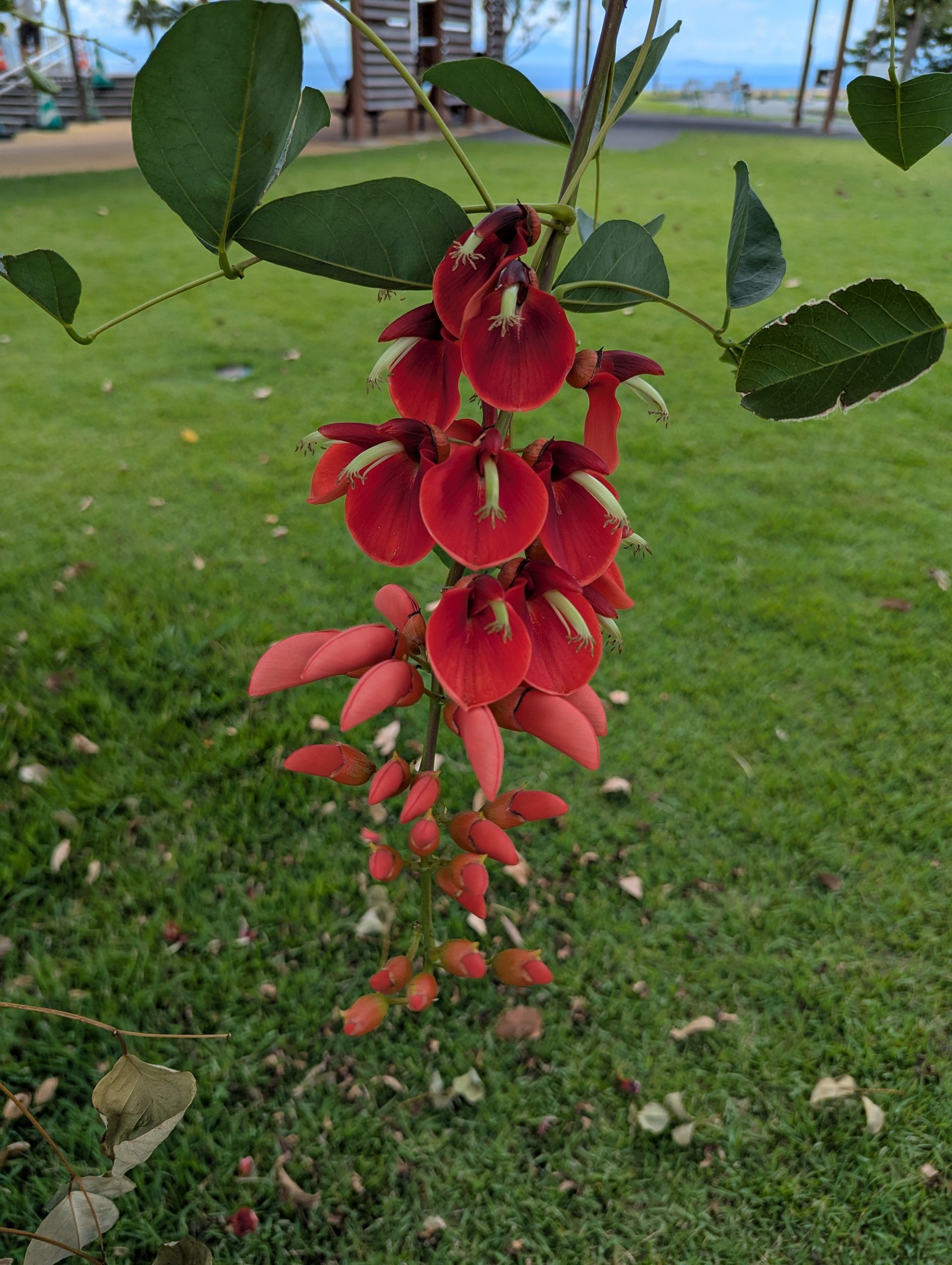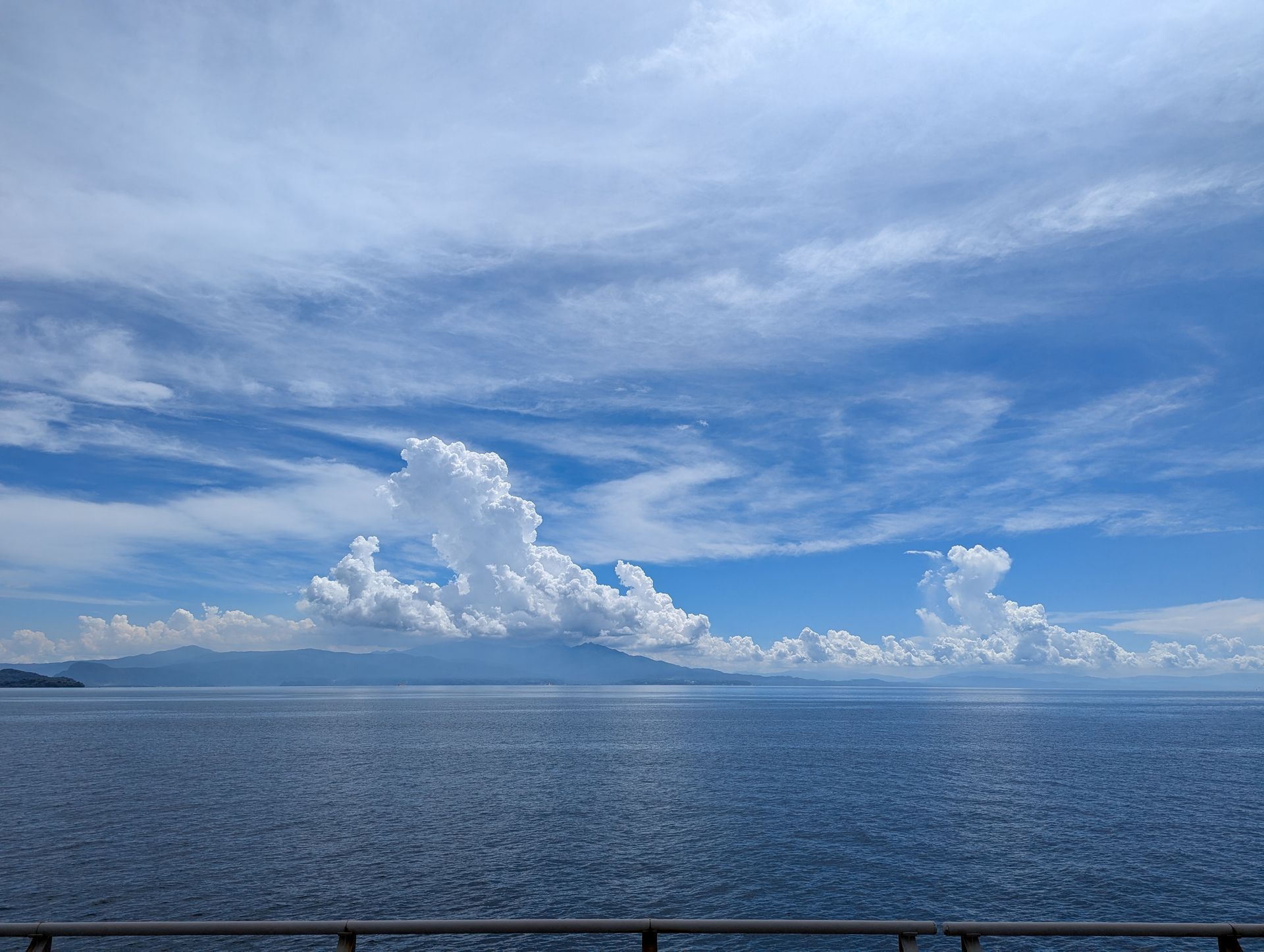Examining, “Economism”.
( A new word for an old prejudice )
We all know what racism, sexism, nationalism, ageism, (to name a few) are, but what about “Economism”?
Prejudice based on income. Historically, it has been referred to as “the class system” and has been practiced in all nations of the World to varying degrees. We are assured, in our constitutions and religions, that we are created, born, equal. Anyone who has held a baby or watched very young children at play can witness our equality, vast potential and undiluted humanity. We are all equal at the opening of life and that feeling of equality and potential we never forget. We carry it through our lives, indelible.
What happens to this feeling? Why is it enhanced in some and suppressed in others as time passes?
The environmental and hereditary influences are complex and continue to be studied by experts. (I refer you to the YouTube video “Zeitgeist Moving Forward”, that is posted at the end of this website.) But one influence that everyone contends with and has an oversized and decisive impact, way before a child is aware of it, is economics. Their parents have either benefited or not from their economic status to various degrees. They have been able to provide basic substance or more or less. All these levels provide challenges and hardships but more economic advantage generally makes access to money and influential contacts and quick recovery possible. The more economically disadvantaged a person is, recovery from setbacks and hardships is more difficult and less complete. “Pulling oneself up by the bootstraps” is impossible, just try it, and was meant as a dismissive joke, (or at the very least, a form of magical thinking).
Equality is considered favorable by a country when it is young and training its population for skills that provide social necessities like food, roads, vehicles, homes, education, healthcare, etc. The American education system beginning in the 18th century with “common schools”, students of all ages with one teacher in one room, was responsible for 80 percent literacy in males and 50 percent literacy in females by the end of the Colonial era. By 1900 the United States had begun to educate for free at the secondary level with the effect of boosting income for most people and lowering inequality. Setting up the US to become the richest nation in the World. But another result of public education was that the small population with historic privilege who had sent their children overseas for education or hired tutors were not the only ones who could go to college. More college graduates meant that they were no longer an elite group. The wage premium they had earned was spread among a larger population.
A secure base. How do we create it?
With a secure economic base designed so that everyone can access basic needs, it becomes possible to build a more economically equal society. Progress towards economic equality is desirable because most indicators of social well-being and productivity are influenced greatly by economic standing. Also, this would result in fewer wars, less migration, less starvation, healthier populations, more educated and innovative populations, creating greater equality and happiness. A parallel currency, Energy Currency, dedicated to only basic needs; food, shelter, education and healthcare, is a secure economic base from which to pay for and distribute these needs, without creating inflation,
(a detailed description of the parallel, Energy Currency, can be found in previous blogs).
Energy Currency would function in harmony with and parallel to existing market economies, humanizing the “Economic Belief System” of Capitalism and market competition. Every person, from birth, could use the benefits of the parallel currency when needed, at any point in their lives, while simultaneously taking advantage of existing market currency to improve their material holdings and lifestyle through their own work efforts.
This is not a give away of a set sum of money, like UBI (Universal Basic Income), that only results in short term stimulation of the existing market economy. Energy Currency is lifetime access to basic human needs; every human's right.
Humanity began its journey cooperating; protecting and lifting each other. This resulted in survival, thousands of years ago, of small scattered and vulnerable human populations that has resulted in around 800 billion people living Worldwide today. During these many thousands of years the present debilitating symptoms of modern market economies have been in effect for a fraction. We know better and have done better. We now have the opportunity to make, together, an inspired leap into a future of human equality.


